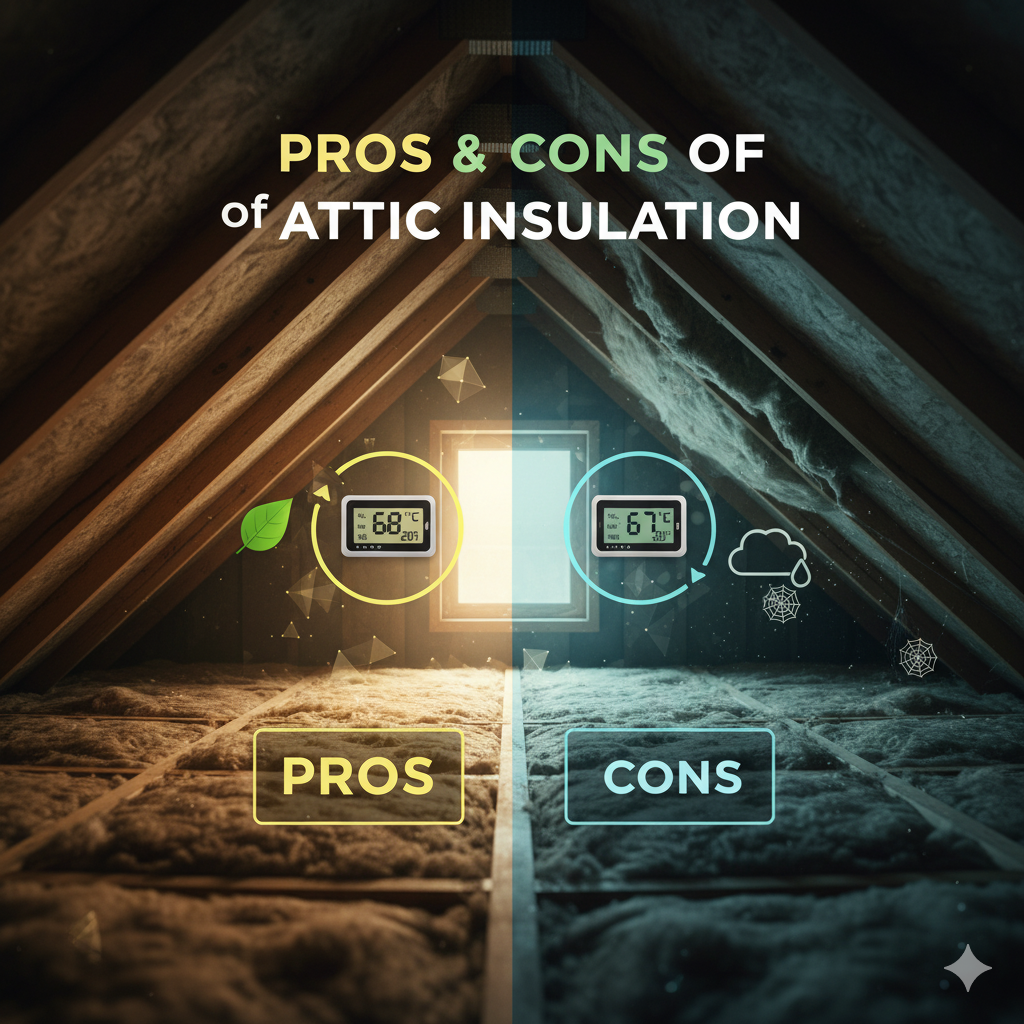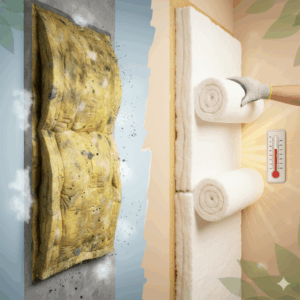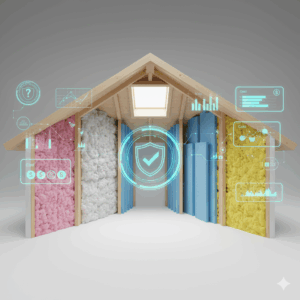Proper attic insulation is essential for energy efficiency, comfort, and long-term home durability. Homeowners benefit from reduced energy bills, better temperature control, and improved indoor air quality when insulation is installed correctly. Understanding both the pros of attic insulation and cons of attic insulation allows homeowners to make informed decisions about material selection, installation, and maintenance. Professional assessment by a certified attic insulation contractor can ensure optimal performance.
The Advantages of Attic Insulation
Homeowners can maximize energy efficiency and comfort through professional home insulation services. Attic insulation provides numerous benefits for homeowners. Firstly, it reduces heating and cooling costs by maintaining consistent indoor temperatures. Insulation also minimizes energy loss through the roof, which improves overall efficiency and lowers utility bills. Additionally, insulation acts as a sound barrier, reducing noise from external sources. For guidance on evaluating current insulation, homeowners can consult Does My Attic Have Enough Insulation? to determine if additional measures are necessary.
Energy Efficiency and Environmental Benefits
Installing proper attic insulations contributes significantly to energy conservation. By reducing the need for HVAC systems to work overtime, insulation helps lower carbon footprints and promotes sustainable living. Advanced insulation in attic systems also protects homes from moisture damage and mold growth, ensuring long-term durability. Homeowners interested in material choices may reference Types Of Attic Insulation Materials for comprehensive information on performance and suitability.
Comfort and Temperature Regulation
A well-insulated attic ensures uniform temperatures throughout the home. In winter, it prevents heat from escaping, and in summer, it reduces heat infiltration. This creates a more comfortable living environment while reducing strain on heating and cooling systems. Consulting What is the Costs of Attic Insulation helps homeowners plan upgrades that optimize comfort without exceeding budgets.
The Disadvantages of Attic Insulation
While attic insulations offers many benefits, it also has potential drawbacks. Poor installation or improper material selection can lead to energy loss, air leakage, or moisture problems. Some insulation materials, such as spray foam, may have higher upfront costs, and certain types require professional installation to ensure safety and efficiency. Homeowners can compare options with Blown-in Insulation vs. Batt Insulation: Pros and Cons to weigh material performance against cost and ease of installation.
Installation Challenges and Costs
Installing insulation may involve navigating tight attic spaces, removing old materials, and ensuring proper air sealing. Depending on material choice and attic size, installation costs can vary significantly. Homeowners may find How Much Attic Insulation Do I Need? useful for calculating required amounts, while Attic Insulation Removal Cost: Complete Overview provides insights into removal and replacement expenses.
Pros and Cons Comparison
| Pros | Cons |
| Reduces energy bills | Upfront cost can be high |
| Maintains consistent indoor temperatures | Poor installation reduces effectiveness |
| Reduces noise | Some materials require professional installation |
| Prevents moisture and mold | Certain materials may settle over time |
| Increases home value | Removal of old insulation may be necessary |
Material Considerations for Attic Insulation
Selecting the right insulation type is crucial for maximizing benefits. Fiberglass batt insulation is cost-effective, while blown-in cellulose fills gaps efficiently. Spray foam provides high R-values but requires professional application. Mineral wool offers fire resistance and soundproofing. Homeowners can explore When Does Attic Insulation Need To Be Replaced? to understand lifespan differences between materials.
Long-Term Maintenance and Performance
Attic insulations requires ongoing monitoring to maintain performance. Regular inspections can detect settling, moisture accumulation, or pest intrusion. Professional attic insulation contractors ensure insulation remains effective and safe over the years. Scheduling periodic assessments prolongs energy savings and protects the home’s structural integrity.
Conclusion
Evaluating the pros and cons of attic insulation is vital for homeowners seeking energy efficiency, comfort, and long-term home protection. While insulation provides reduced energy bills, temperature regulation, and noise reduction, careful material selection and professional installation are necessary to avoid potential drawbacks. For expert assessment, installation, and maintenance of attic insulation, trust Guardian Home Energy for reliable and comprehensive home insulation services.
FAQs
- What are the pros of attic insulation?
Benefits include energy savings, temperature regulation, soundproofing, and moisture prevention.
- What are the cons of attic insulation?
Drawbacks may include upfront costs, installation challenges, and potential settling over time.
- How do I know which attic insulation type is best?
Consider your attic structure, climate, and budget; professional consultation ensures optimal results.
- Do I need to remove old insulation before adding new insulation?
Removal is recommended if existing insulation is damaged, compressed, or contaminated.
- Can attic insulation improve indoor air quality?
Yes, properly installed insulation can help prevent drafts, moisture, and mold, contributing to healthier indoor air.





